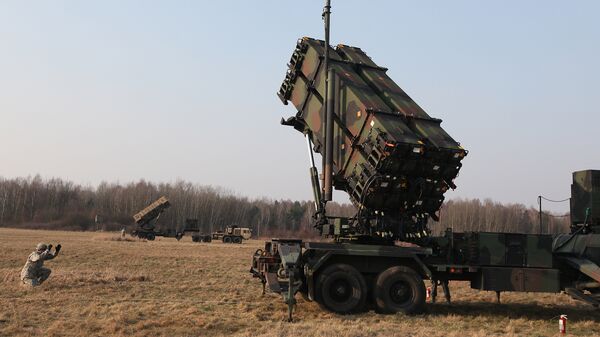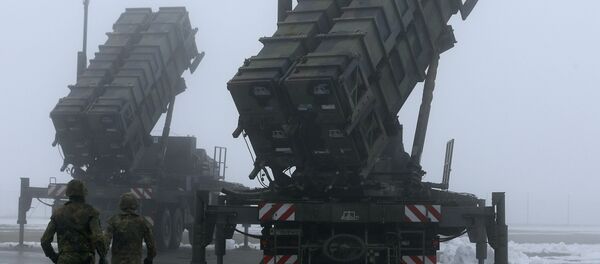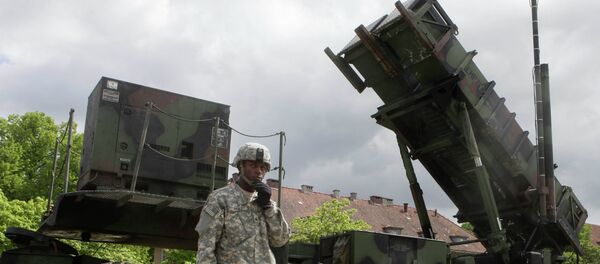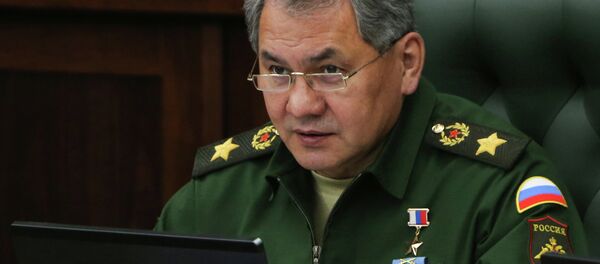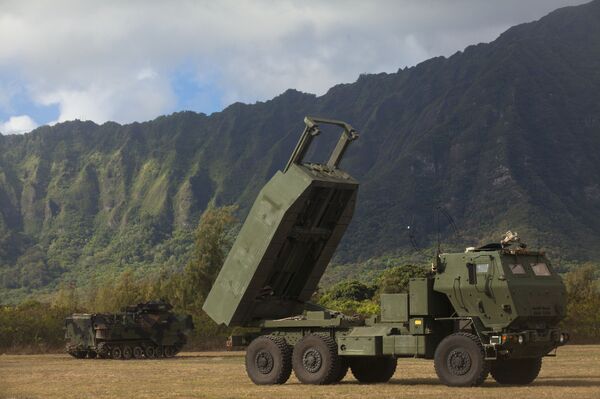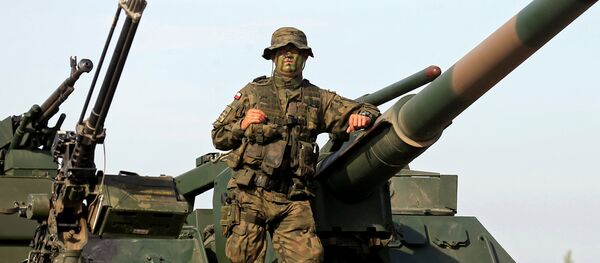On Thursday, Polish Defense Minister Antoni Macierewicz confirmed that the Defense Ministry had signed an agreement with the US on the delivery of eight MIM-104 Patriot missile systems to the country following lengthy negotiations. The signing ceremony took place during President Donald Trump's visit to Warsaw, and the Raytheon-built mobile long-range air defense systems are expected to be delivered by 2022. Poland will spend an estimated $7.5 billion on the weapons.
The Polish Defense Ministry's Wisla medium-range air defense system concept is designed to include eight Patriot batteries, equipped with IBCS command and control, along with GEM-T 3 and PAC-MSE missiles.
Defense Minister Macierewicz boasted that the purchase of the Patriots would provide Poland with "safety against any enemy," and explicitly referred to the system's ability to "effectively counteract Russia's Iskander [mobile short-range ballistic missile] system."
The observer noted that the Russian Defense Ministry's reaction is not difficult to predict. It will consist of targeting conventional and nuclear missiles to the sites where the Patriots are deployed.
Furthermore, Khrolenko explained that as far as Macierewicz's comments on the Patriots' defensive capabilities against Iskanders was concerned, the minister's claims were little more than wishful thinking.
"An Iskander missile starts its flight along a difficult-to-predict quasi-ballistic curve," the analyst noted. "Then, it flies like a cruise missile, close to the ground, and comes up to its target from an optimal direction. It flies at supersonic speeds, so enemy radar can't see it, meaning it cannot be shot at by a Patriot. Existing and prospective air defense systems are powerless against the Iskander-M system."
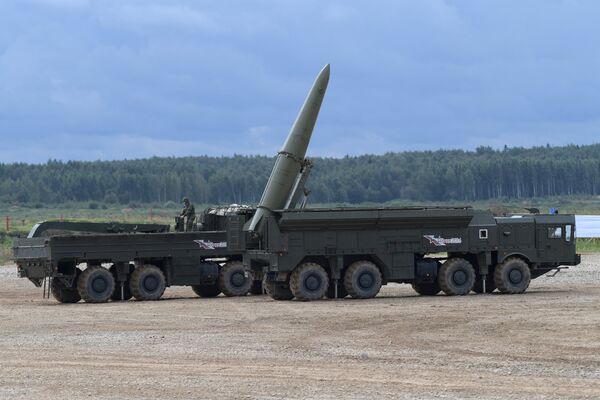
According to the observer, the problem with that system lies not in its defensive potential, but its offensive capabilities –specifically its ability to launch nuclear-armed BGM-109 Tomahawk cruise missiles. In other words, "the Patriots in Poland fit into the US concept of Prompt Global Strike," Khrolenko warned.

Late last year, military expert and Defense24.pl contributor Masymilian Dura wrote an analysis confirming that Polish military planners were fully aware of the US strategic plans, and would like to see their own air defense network integrated into the US system as much as possible.
"Defense must be coordinated and multi-layered. It cannot be assumed that the Narew and Wisla systems will work independently…The same is true in the offensive sphere. For the sake of our own interests, such systems must be installed not just in Poland, but in emergencies, in the Baltic countries as well, particularly in Lithuania. This would allow us to monitor the Kaliningrad region from virtually every direction, which will complicate the use of defensive systems such as the S-400 and S-300," Dura wrote.
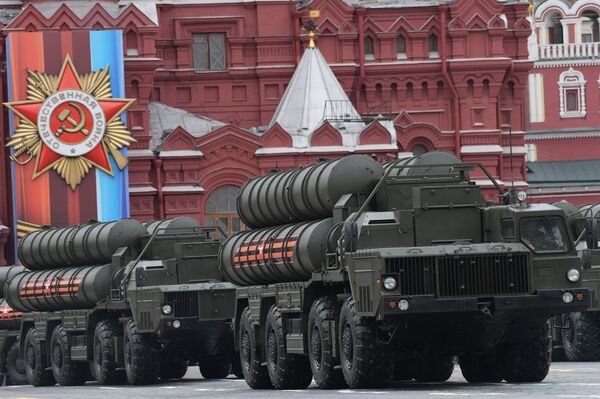
In other words, Khrolenko observed, notwithstanding the fact that no one is threatening Poland, and that S-300s and S-400s cannot be considered an offensive threat even in principle, "President Andrzej Duda is hoping that the US contingent in Poland is increased; he is aiming to become Washington's best friend in Eastern Europe, even outside the NATO framework. Today, Poland has a 3,500-strong mechanized brigade on its soil. What will happen tomorrow?"
Warsaw's plans include the deployment of sixty M142 High Mobility Artillery Rocket Systems (HIMARS) with an operational range of 300 km for its 'Homar' program by 2018 (reports suggest that deal is close to being signed). For now, the military uses the domestically developed WR-40 Langusta self-propelled MRLS system, a modernization of the Soviet Cold War-era BM-21 Grad.
"All of this," Khrolenko wrote, "is part of the accelerated plan for the modernization of the Polish Armed Forces," which focuses on things like 'increased offensive capabilities' and an expansion of 'containment potential'. But notwithstanding Warsaw's zeal, the thirst for US weapons is something akin to a double-edged sword, and Warsaw will have to pay for the privilege, according to the observer.
"Patriot and Homar are complex and expensive; their deployment and use mean that the country will be tightly bound (technologically and financially) to the US military-industrial complex. If many facilities necessitating a US military presence (instructors, technical service) are based in Poland, they will require protection. This means having a developed infrastructure, and in turn, additional costs, along with a heightened risk of escalating military conflict with neighbors."
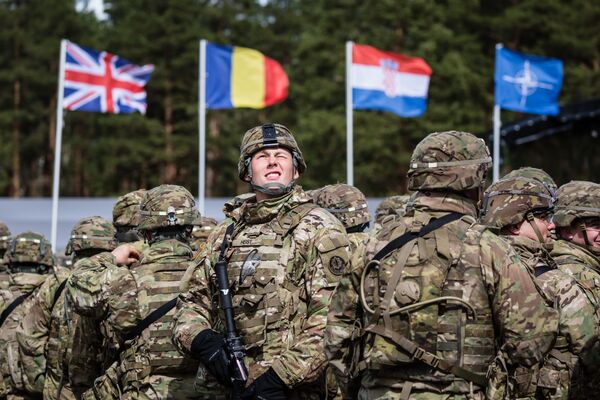
"From ancient times to the present, some states have tried to conquer large areas of the world, to force subjugated populations to pay a tribute and to promote their interests. In the countries of the EU and NATO, this old scheme continues to operate – for the benefit of the US. If Poland is prepared to become the obedient frontline state in the US's swashbuckling struggle against 'Russian aggression', it will have to pay dearly for it, for now only monetarily," the analyst concluded.
